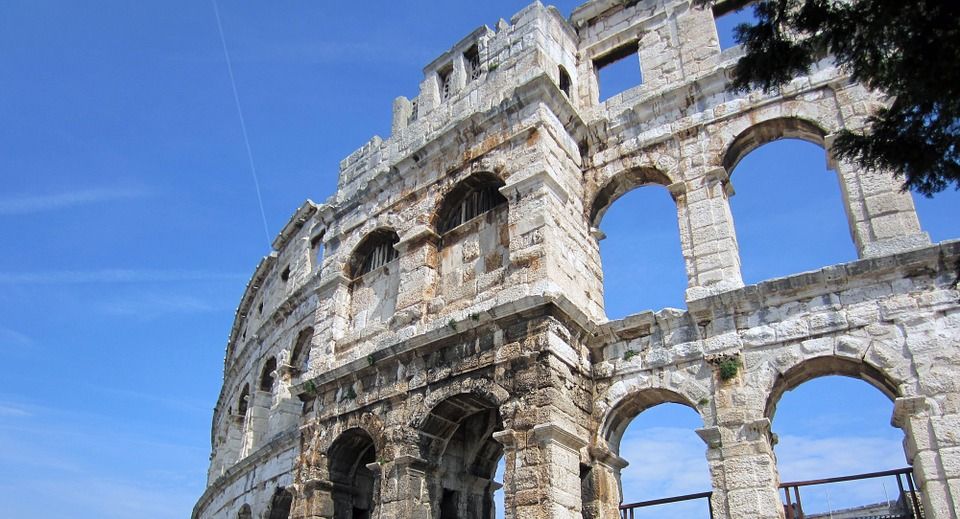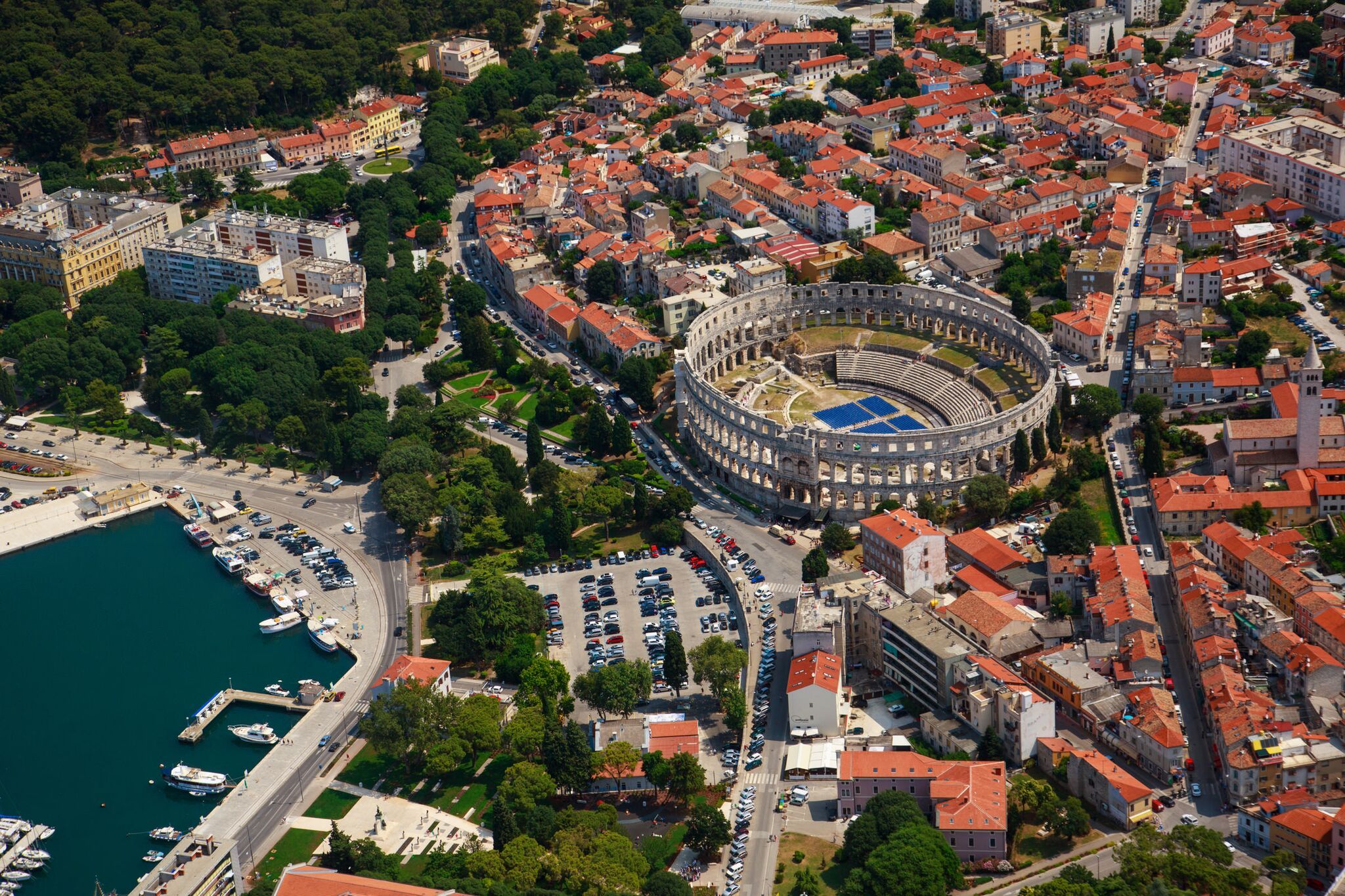The Roman amphitheatre in Pula is a structure so magnificent, the local population refused to believe it was built by human hand at one point in time. A look at a mythical origin story of the amazing monument on March 24, 2018
If you've been following TCN for a while now, you've surely noticed we're slightly obsessed with Croatia's UNESCO-protected heritage. This particular affection sometimes tends to transfer to our private lives: in the last couple of weeks alone, I've discussed Croatia's UNESCO heritage with friends on several separate occasions.
Imagine playing a round of trivia - can you name all ten Croatian items on UNESCO's World Heritage list? Two are natural wonders, the Plitvice Lakes and primeval beech forests. The remaining eight are historical monuments. Everyone was quick to list the Old Town Dubrovnik, Diocletian's Palace in Split, the cathedral of St James in Šibenik... some have remembered Trogir and the Euphrasian Basilica in Poreč. At this point, most would have hit a wall... until their faces lit up, followed by an "Ah yes! The Pula Arena!"
Wrong. The ancient Roman amphitheatre everybody knows as the iconic symbol of the Istrian city of Pula is not a UNESCO site. It seems kind of counterintuitive: the Arena is one of the six largest surviving Roman amphitheatres in the world, and the only one that has four side towers and three Roman architectural orders completely preserved. Such a structure would surely make its way to the UNESCO World Heritage list, right? Well, yes and no - Croatia submitted a proposal for the Arena to get the prestigious title twice, then withdrew the application on both occasions.

UNESCO aside, the Pula Arena is undoubtedly one of the most precious and best preserved remnants of ancient architecture in all of Croatia. It was built at the beginning of the 1st century, in an age when Pula was a regional centre of Roman rule. The original version was constructed in timber during the reign of emperor Augustus, later replaced by a small stone arena during the reign of Claudius. In 79 AD, the amphitheatre was expanded by emperor Vespasian in order to accommodate gladiator fights; the construction was completed in 81 AD under the reign of Titus.
The Arena remained in its original use until the 5th century; emperor Honorius prohibited gladiator combats, but fights between convicts and wild animals continued to take place until 681. Panem et circenses. Around that time, the local population started to plunder the stone the Arena was built from, slowly biting away at its walls until the patriarch of Aquileia forbade further removal.

Those are the basic historical facts. But as it often goes, centuries fly by, facts get a bit foggy for a certain period of time, and the locals come up with a couple of colourful legends. Just think of the giants who supposedly built the picturesque towns in central Istria - who cares about facts anyway? There's such an irresistible appeal to mythical stories of origin when it comes to Istria, and the Pula Arena is no exception. The medieval population saw the Arena as such a magnificent structure, they refused to believe it had been built by human hand; they named it Divić-grad (Divić fort) - the old Slavic word divić translating to miracle - and devised an imaginative story about the monument's origin.

Romulić and Stojčić
According to a local legend, the amphitheatre was actually built by fairies who used to inhabit Istria back in the day. At night, the fairies would be out and about, dancing and twirling their way across Istria's meadows and hills, making an occasional appearance before a bewildered local. They had a power to bring good fortune to people, but also a peculiar trait: a penchant for construction.
One night, the fairies dragged stone to Pula all the way from Učka mountain, slowly building a circular structure until the majestic Arena started to take shape. And then, at one point, a rooster's crow announced the coming of dawn, and seeing that fairies were creatures of the night, they had to cease their ambitious feat at once, hurrying back to the wilderness so people wouldn't spot them at work. It's why the Arena remained uncompleted, an open structure without a roof; the stones that were supposed to be used for that finishing touch ended up scattered around Istria, on the way down from Učka to the sea.


